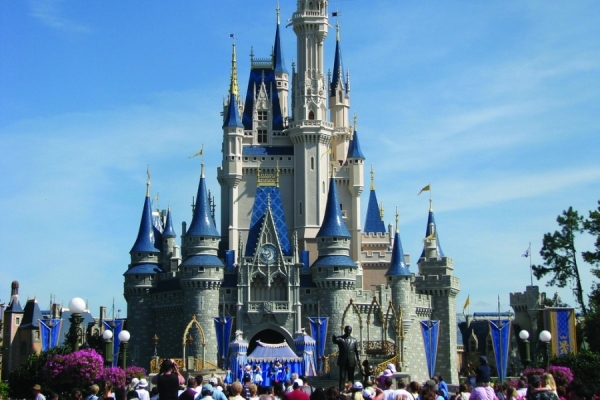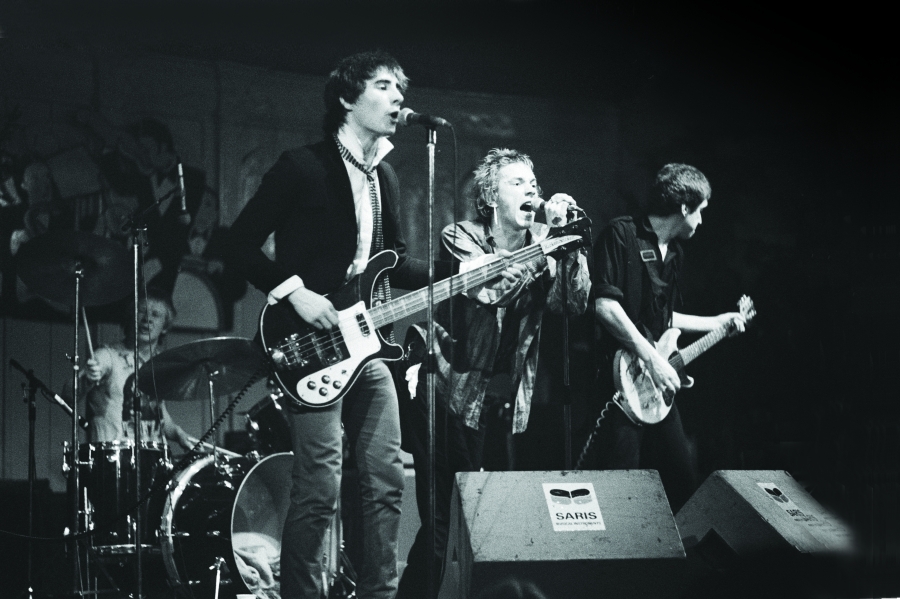
Matt Damon – Hollywood’s Mister Nice Guy – is not happy. Famously, it takes a lot to rile the hero of the Jason Bourne movies, a man known for his relaxed attitude and sunny demeanour. Criticism over his latest would-be global blockbuster – director Zhang Yimou’s action adventure epic The Great Wall – has clearly ruffled his feathers.
The criticism is not, however, over the quality of his performance. Instead, the debate centres on whether he should have been included in the cast in the first place. The other stars of the movie, which sees a band of heroes fight to protect medieval China from an army of mythical monsters, are mostly of Chinese origin, including such worthies as Lu Han, Jing Tian, Hong Kong’s Andy Lau and Taiwanese-born Eddy Peng.
In certain quarters, Damon’s presence among them has been blasted as “whitewashing” – the practice of casting white actors in Asian roles. In the past, such transgressions have included Yul Brynner playing the Thai ruler Mongkut in The King And I, Mickey Rooney as a Japanese landlord in Breakfast At Tiffany’s and John Wayne’s take on Genghis Khan.
Among those commenting adversely on this latest example is Chinese-American actress Constance Wu. Inevitably taking to social media, she said: “We have to stop perpetuating the racist myth that only a white man can save the world. Our heroes don’t all look like Matt Damon.”
Damon claims the cast was “wounded” by the accusation and says that the charge is inaccurate. Although the film is set in China, he claims he was playing a character who clearly wasn’t supposed to be Chinese. He also points out that the film is a fantasy story, saying: “Look, if people see this movie and feel like there’s whitewashing involved in a creature feature that we made up, I will listen to that with my whole heart. I will think about that and I will try to learn from that.

“I will be surprised, though, if people see this movie and actually have that reaction. In fact, I will be genuinely shocked. As a progressive person, it’s a perspective I really do agree with. I try to listen and try to be sensitive. Ultimately, though, I feel you are undermining your own credibility when you attack something without seeing it.”
Damon’s rather bruised response to the row may reflect his lack of experience in dealing with controversy. Unlike many movie stars, he has demonstrated an enviable ability to steer clear of trouble throughout what has been a long and distinguished career.
It’s been some 20 years since he and Ben Affleck, his lifelong best friend and high school companion, burst on to the Hollywood scene in Good Will Hunting, an Oscar-winning classic. The two young actors not only played the main characters in this tale of a young maths prodigy, but they also wrote the screenplay.
Since then, he’s appeared in some 60 movies, including such critically acclaimed outings as Saving Private Ryan, Invictus and, more recently, The Martian. Indeed, the last two saw his performance nominated for an Academy Award.
Despite his more serious works, though, he is still probably best known for his portrayal of troubled tough guy Jason Bourne in a series of action films. In all, he’s starred in four – The Bourne Identity, The Bourne Supremacy, The Bourne Ultimatum and Jason Bourne, last year’s reprise of the franchise.
Bourne is a more complex figure than those typically found in action movies. When we first meet him, he’s a former CIA assassin suffering from amnesia, who is trying to trace his real identity while evading his erstwhile employers, who are now only too keen to eliminate him.

While the franchise has inevitably been compared to James Bond, Damon regards that as misleading. He says: “Bourne is much more relatable. Think about it. Bond is from the 60s, so he has the values of that time. He’s a misogynist and an imperialist. He swills martinis, kills people and cracks jokes about it.
“It’s so anachronistic that a whole comedy franchise – Austin Powers – grew up around the concept. At its heart, it asked if we wake up as a guy with those values, how ridiculous would we look in our world?
“Jason Bourne, though, is thoroughly modern. He’s an anti-establishment figure who doesn’t trust institutions. He’s a serial monogamist who’s only really loved one woman. Once she’s gone, he does nothing but think about her. And he always feels guilty for everything he’s done.”
The Bourne films, a hit with critics and audiences alike, turned Damon into a megastar. Indeed one publication calculated that, in terms of money earned at the box office, he is Hollywood’s most bankable performer.
These days, he is only too aware of just how indebted he is to Bourne, saying: “It’s incalculable how much these movies have helped my career. Suddenly it put me on a shortlist of people who could get movies made. Now, directors call me and that’s the best part of it.
“This has meant that I have been able to do films that had wonderful scripts but, on the face of it, were not going to be box office successes. I had the luxury of jumping into them because I knew I would later have another chance to play Bourne.”
Last year, nearly a decade after publicly declaring that he was finished with the role – memorably saying, after the release of The Bourne Ultimatum, “We have ridden that horse as far as we can” – he returned as an older, but no less troubled Bourne. While his memory was now restored, his relationship with the CIA was as fraught as ever.
![Bourne Ultimatum, The (2007) Pers: Matt Damon Dir: Paul Greengrass Ref: BOU026AA Photo Credit: [ Universal / The Kobal Collection / Boland, Jasin ] Editorial use only related to cinema, television and personalities. Not for cover use, advertising or fictional works without specific prior agreement](http://www.gafencushop.com/wp-content/uploads/2017/01/041_BOU026AA_eff-e1484625322395.jpg)
This time around, preparing for the part was trickier. Recalling the rigour required, he says: “I trained a lot more than I ever had done before, largely because [director] Paul Greengrass really wanted me to be physically fit and lean.
“He said when we see Bourne in the first frame of the movie, if we look at his face and he seems like he’s lived well over the past 10 years, then we don’t have a movie. He told me I had to look like I’d suffered. And the only way to do that was to suffer.”
So suffer he did, enduring two high-intensity gym sessions every day for 10 weeks prior to filming. He also stuck to a strict diet of vegetables and protein for months on end.
He doesn’t appear to regret it, though, saying: “It was great to just slip into that old skin and be on set again. Doing another Bourne movie was exciting.”
This time, though, is it really the end? Typically cautious, he says: “The worst time to ask that question is right after we’ve just made one. My guess is it will be a while before we’ll even get around to talking about doing another one. They might have to reboot me before I bow out.”
Not that he doesn’t have enough to keep him occupied in the meantime. The Great Wall is just one of the projects he’s been involved with over the last 12 months. Downsizing, a quirky science fiction comedy, comes out later this year, as does Suburbicon, a dark crime drama courtesy of the Coen brothers. A little further down the line, filming has just begun on Ocean’s Eight, a movie that will see Damon reprise his role from the Ocean’s 11, 12 and 13 bank heist trilogy.
He’s also followed Ben Affleck into the director’s chair and has produced his first feature film – Manchester By The Sea. A New England based drama, it was released to widespread critical approval last year.

Explaining his recent whirlwind of activity, Damon says: “I got greedy. I hadn’t worked for a year and a half, and then I had the opportunity to work with Ridley Scott [director of The Martian], Zhang Yimou, Paul Greengrass and [Downsizing director] Alexander Payne. I just couldn’t say no.”
Given the whitewashing controversy, whether or not he should have said yes to appearing in The Great Wall remains something of a moot point. The criticism he’s received, however, seems to stem mostly from his homeland and not from China, where audiences largely seem bemused by the row.
And, rather than baulking at Damon’s involvement, Zhang suggests the film’s critics should take pride in just what the movie has achieved. He says: “For the first time, a film deeply rooted in Chinese culture, with one of the largest Chinese casts ever assembled, is being made for a world audience. I believe that is a trend that should be embraced by our industry.”
Fine sentiments indeed. It can be nothing but good news that China’s cinematic talents are being displayed on an international stage. If Damon’s presence in The Great Wall actually encourages American audiences to appreciate them, there will surely be very few left complaining.



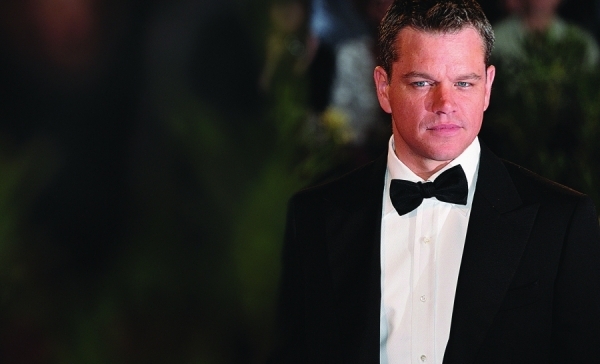














 All in all, the Hong Kong branch has come a long way since its first auction of Chinese paintings and jadeite jewellery back in 1986. It started with just 200 lots and generated around $2 million. In 2015, it had 8,000 lots and generated nearly $800 million. Following London and New York, Hong Kong is now Christie’s third most important sales site in terms of revenue – even beating Paris.
All in all, the Hong Kong branch has come a long way since its first auction of Chinese paintings and jadeite jewellery back in 1986. It started with just 200 lots and generated around $2 million. In 2015, it had 8,000 lots and generated nearly $800 million. Following London and New York, Hong Kong is now Christie’s third most important sales site in terms of revenue – even beating Paris.
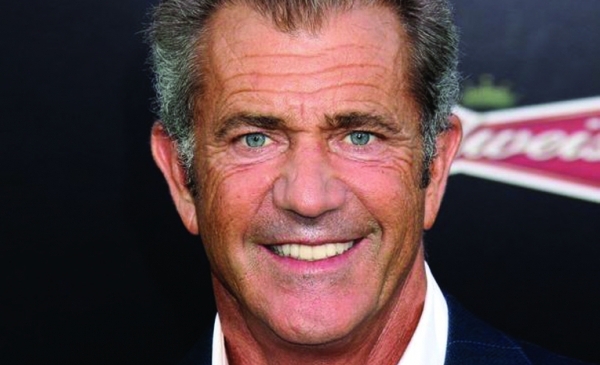
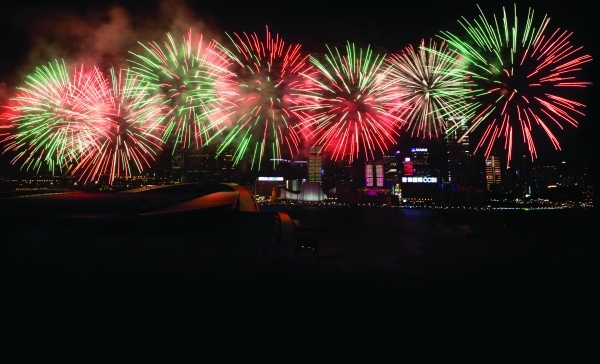









 “Christmas Eving overnight in the Wanchai Travel Inn and Grill would bring out the sigh in the sunniest of folk”
“Christmas Eving overnight in the Wanchai Travel Inn and Grill would bring out the sigh in the sunniest of folk”






